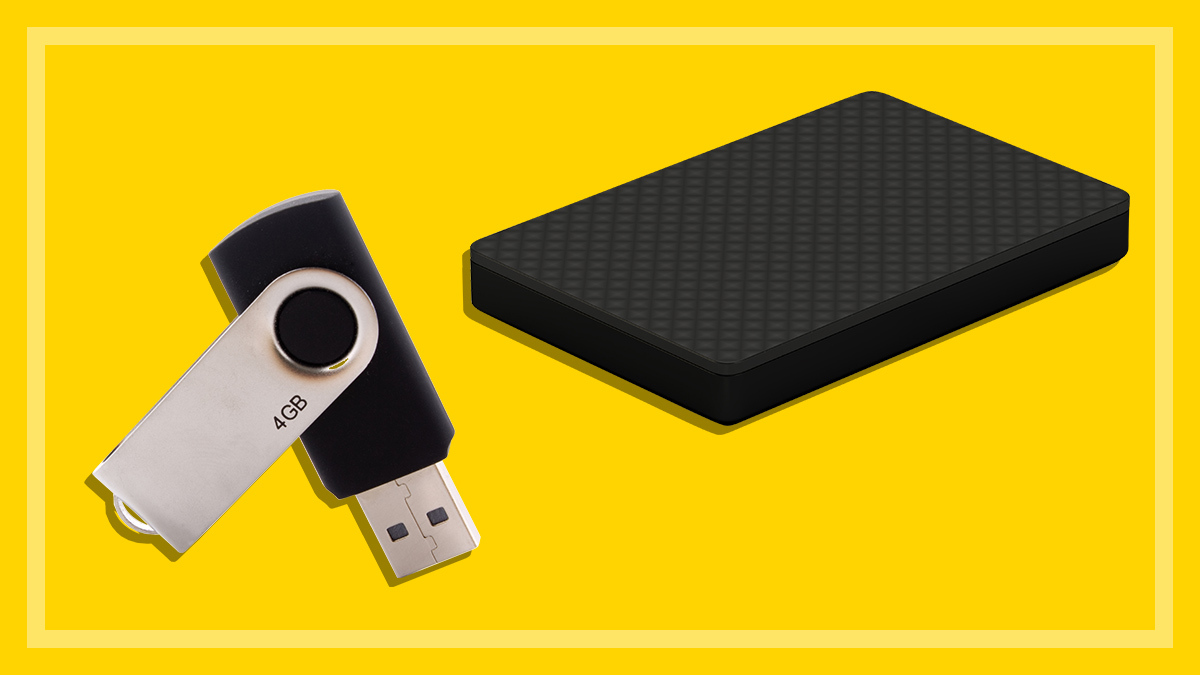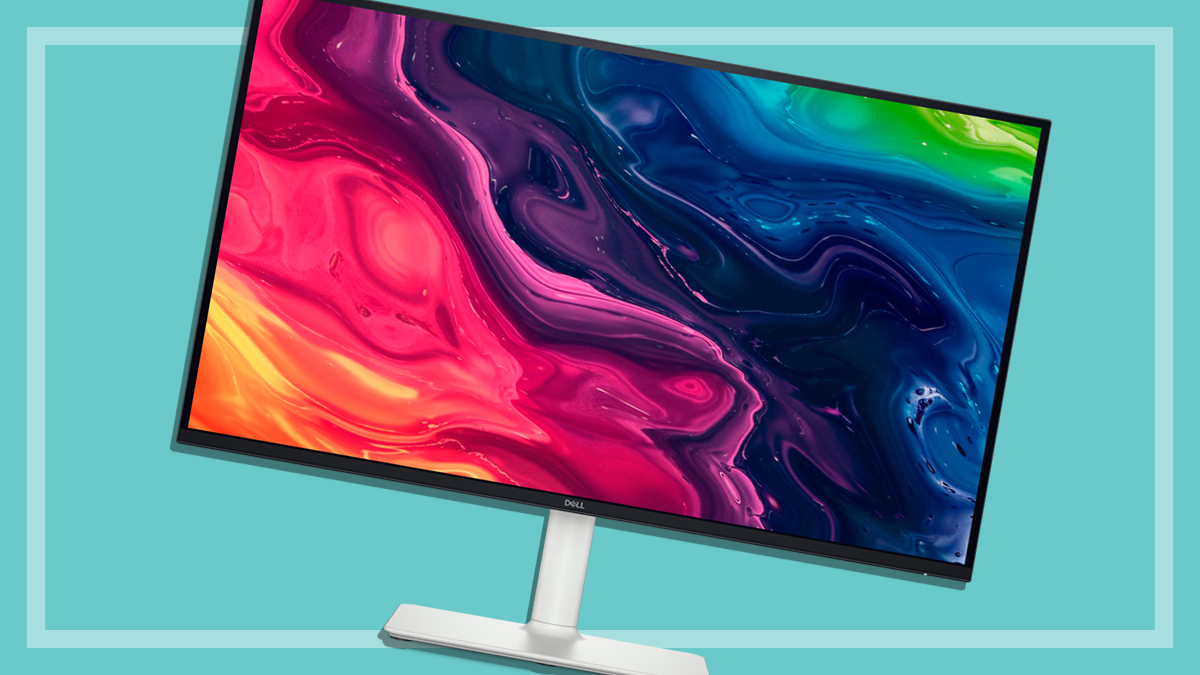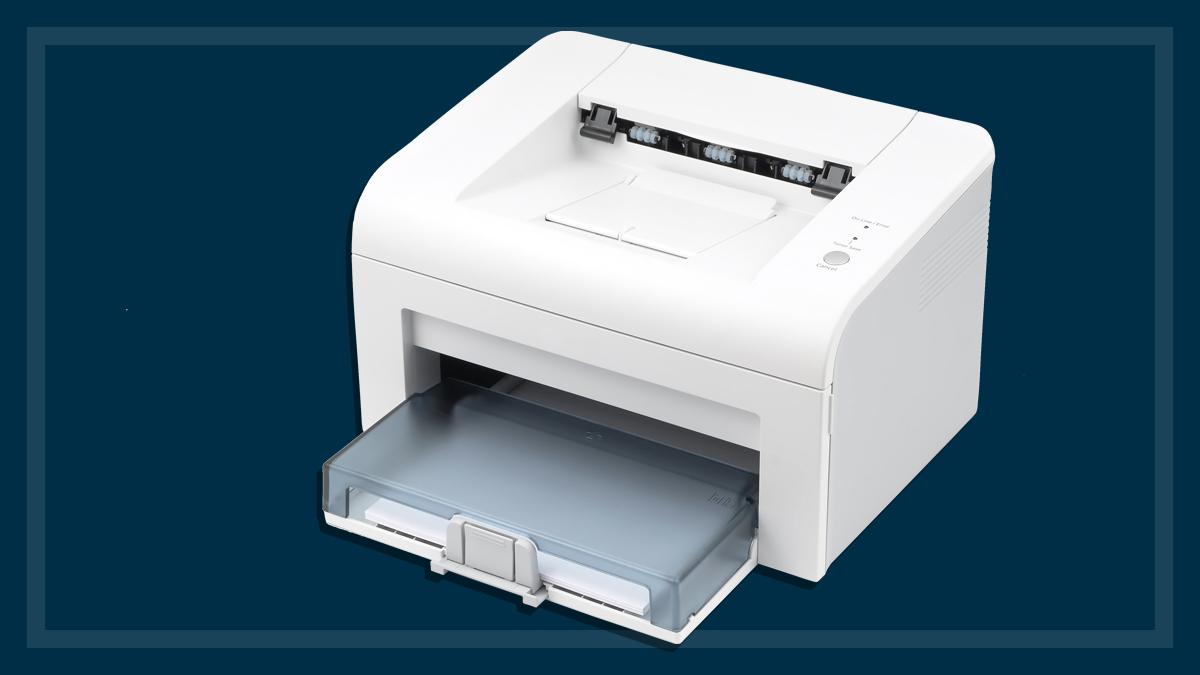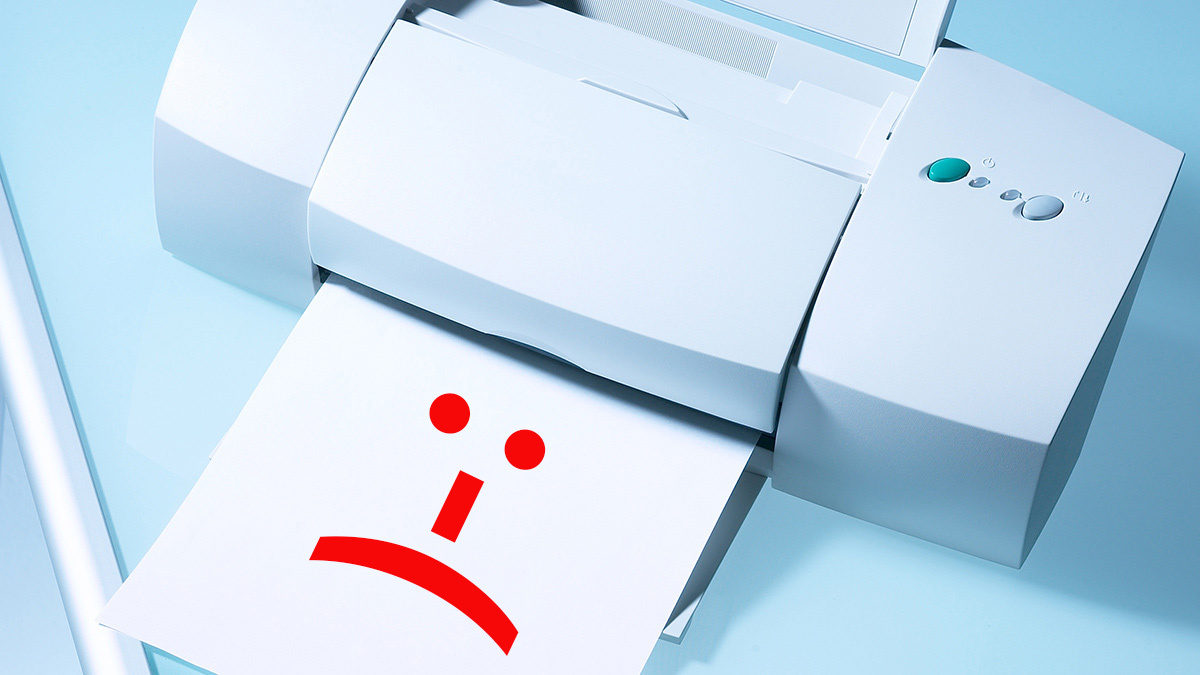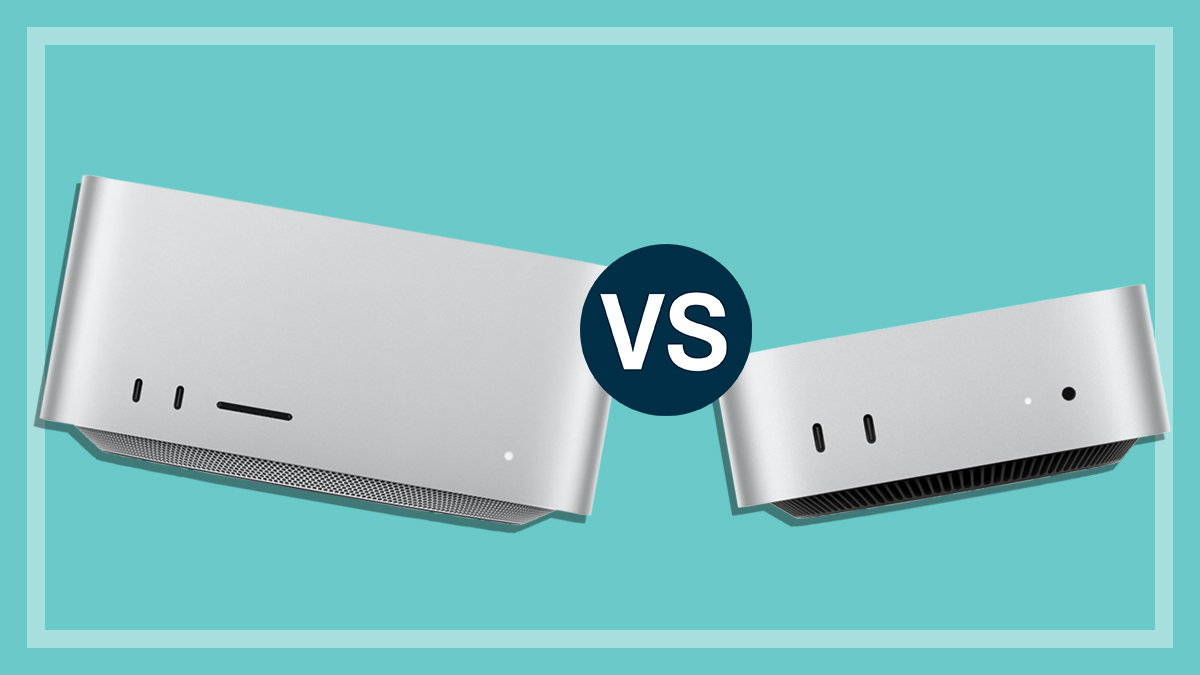Get our independent lab tests, expert reviews and honest advice.
How we test external computer storage

Whether you’re using a desktop computer, laptop, tablet or smartphone, chances are you’ll eventually need extra storage, usually external. There are various kinds of external storage:
On this page:
- pocket-sized portable hard drive, SSD (solid-state drive), USB stick, or a thumbnail-sized memory card
- desktop hard drive
- NAS (network-attached storage) drive.
There are many similarities in the way we test these forms of storage, but also key differences in our testing methods across categories to take into account their special features.
This article explains how we look at each category and the approaches we take to test and assess them.
Our expert testers
Storage is one of the most important parts of any computer system, and is often the hub of a whole range of other technologies. These include scanning, networking, display screens, accessories and lounge room media players; as well as all kinds of software, from operating systems to productivity programs, backup, cloud services and more.
Our expert computer testers have extensive experience working with a wide range of consumer-level computer-related technologies. This is important because it’s not just about how the computer works by itself, but how it works with other devices and fits into your overall home technology ecosystem.
How we choose what we test
More than any other category of household product, computer technology is constantly updating and evolving, and that goes for storage as well. Storage drives are on a constant journey to become faster, smarter and higher capacity, while at the same time becoming cheaper.
Improvements to computer models (especially laptop computers) come so thick and fast that it can be just a few short months before newer and better models hit the market. External storage, on the other hand, can outlive your computer and migrate from one computer to another, so it’s important to choose the right type of device up-front.
We start by doing extensive market research to find the right models to compare and we aim to include models in each category from across all the major brands, where possible. This includes talking directly with manufacturers to find out which models will still be available on retail shelves by the time testing is completed and the results published.
We also try to establish a level playing field for testing across a category, though the variation in the range of options available can make this a real challenge – there are often several models of a particular storage drive available, varying in capacity and price and sometimes in features and even colour options.
Despite these limitations, the models we test should give you a good indication of how a particular model family rates against current competitors, including the advantages and disadvantages of its overall design and any special features and inclusions.
We look to include the most up-to-date and popular models available in the big name retail outlets, and buy them off the shelf or online just as you would. This way you can be sure that what we test is the same as what you can buy, and that our results should be what you can expect for yourself.
Testing
Some specifics of how we test vary depending on the type of storage device, but all testing includes comparisons of performance and ease of use.
Performance
This is tested by transferring sets of data to and from each storage device multiple times. We time the transfers, noting both the read and write speeds to measure the drive’s performance, averaging the speeds for a final figure.
We use separate sets made up of large and small files. This is important because a set of larger files can transfer significantly quicker than an equally-sized set of much smaller files. This is due to the overhead in processing huge numbers of individual files.
This means we can give you real-world data transfer speed (throughput) results that are much closer to what you are likely to achieve in normal daily usage, rather than the often highly optimistic figures listed on the packaging, or which are achieved using software that simply produces a theoretical benchmark.
Ease of use
We also compare the ease of use of each storage drive and any software supplied, taking into account the time to get set up, intuitiveness of the user interface, and how easy it is to do common tasks with the software.
Power consumption
We measure power consumption for all devices in active use and on standby, calculating an annual cost based on an average use scenario applicable for that category using current rates.
Scores
We apply the following interpretation to the scores achieved in our tests. When we describe a result as “excellent” or “poor”, it usually relates directly to a numerical score in that range.
- 0–24: Very poor
- 25–45: Poor
- 46–54: Borderline
- 55–69: OK
- 70–79: Good
- 80–89: Very good
- 90–100: Excellent

